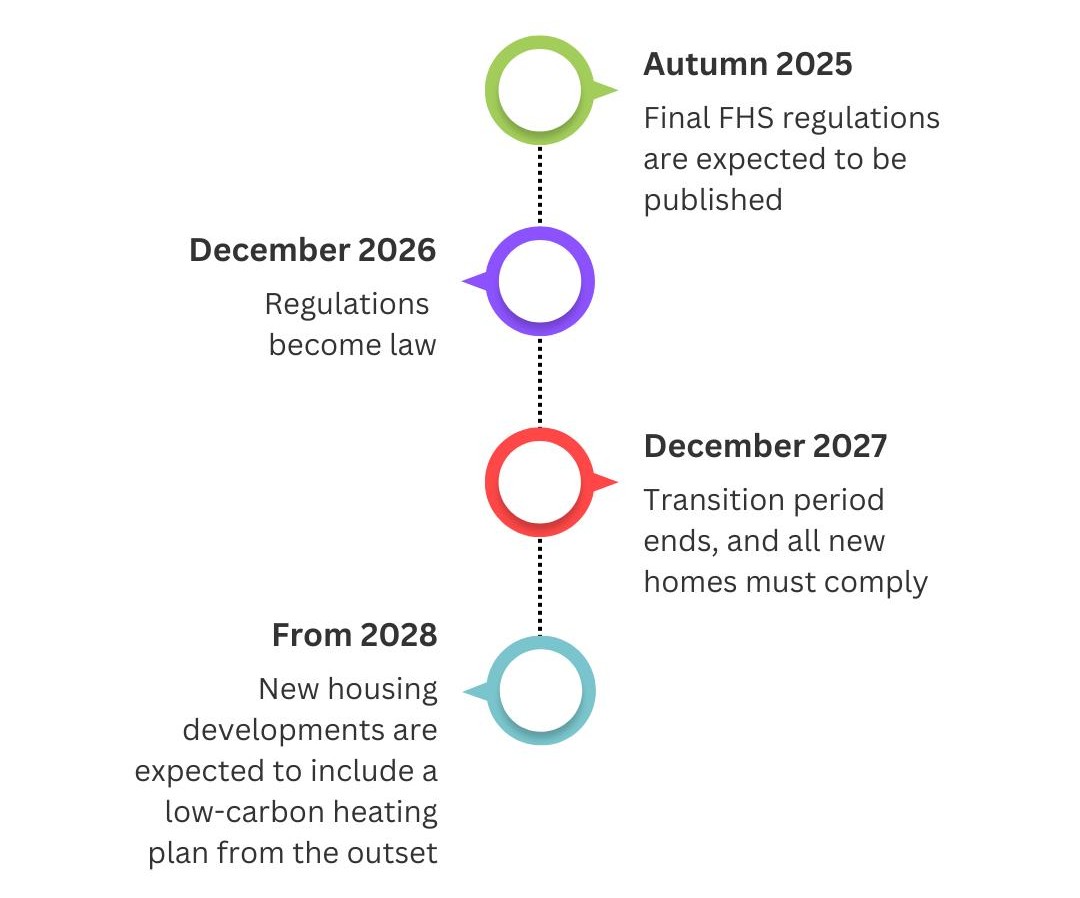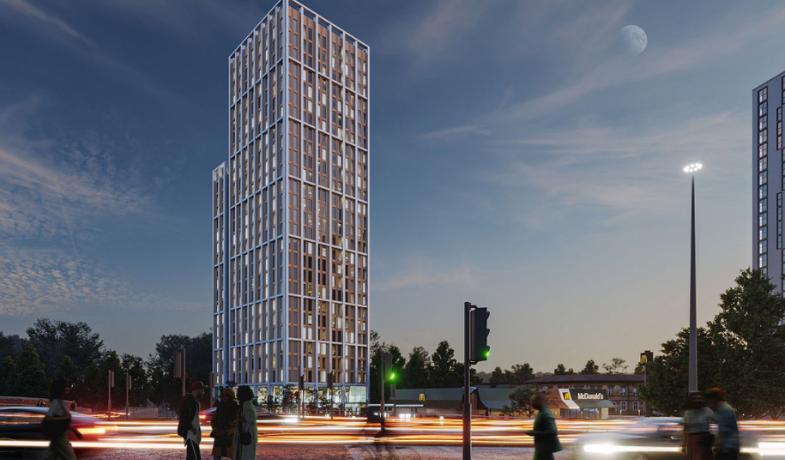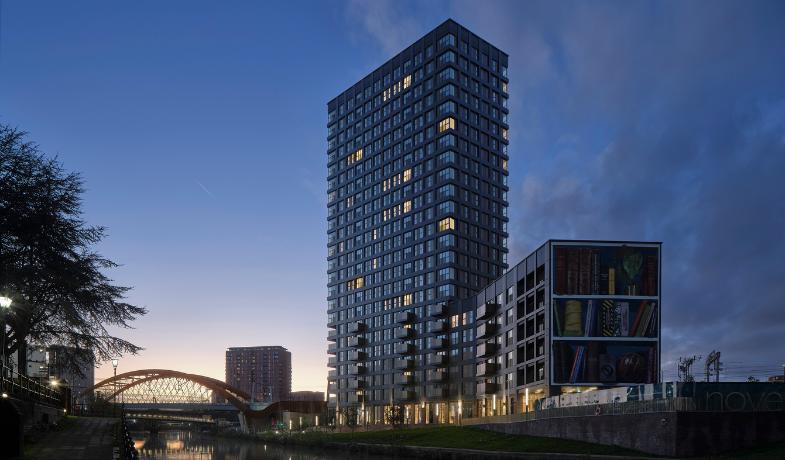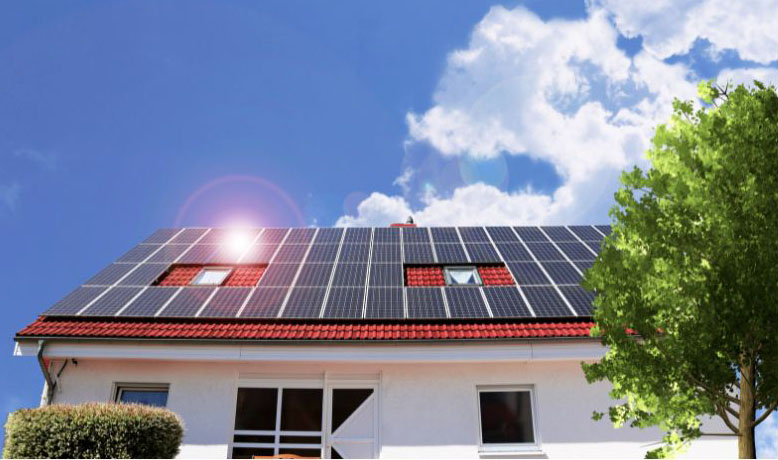The transition from Building Regulations Part L Volume 1 (2021) to the Future Homes Standard (2025) marks a significant step towards achieving the UK’s net-zero carbon targets.
In June this year, the government announced that they are aiming to publish The Future Homes Standard by Autumn 2025.
What is the Future Homes Standard?
How will The Future Homes Standard Affect the Industry?
How can Hannan Associates Help with Your Residential Development?
What is the Future Homes Standard?
Part L (2021) was an interim uplift, targeting approximately 30% reduction in CO2 emissions compared with the previous iteration, while the Future Homes Standard represents the ‘final’ regulatory framework for new homes in England, designed to target an approximate 75% reduction in CO2 emissions and qualify as “zero-carbon ready.”
It is proposed that this will be achieved by continuing to promote a fabric-first approach, where a high performing building envelope will be encouraged to reduce space heating demand, making it easier for low-carbon heating systems to operate effectively.
It is not anticipated that there will be significant improvements from the notional dwelling specification currently outlined in Part L Volume 1 (2021) – The anticipated changes generally comprise; provision of a low-carbon heat source (for space heating and domestic hot water generation) and incorporation of a solar PV array for the vast majority of new build homes.
Summary Comparison of Part L Volume 1 (2021) and the Future Homes Standard (2025):
Feature
CO2 Emissions Reduction
Building Reulations
Part L (2021)
Approximately 31% reduction (compared with 2013 standards)
Future Homes
Standard (2025)
75-80% reduction (compared with 2013 standards)
Heating Systems
Allows fossil fuel heating (e.g., gas boilers)
Unlikely that compliance can be demonstrated using fossil fuel heating in new homes
Primary Heating Technology
Gas boilers and other systems were still common
Low-carbon heating (e.g., heat pumps) will be the primary technology
Building Fabric
Enhanced U-values for walls, windows, and roofs; enhanced focus on “fabric-first” compared with 2013
Fabric standards remain similar; greater emphasis on airtightness to suit heat pump design
Compliance Method
Standard Assessment Procedure (SAP 10 Methodology)
Home Energy Model (HEM) – New methodology
Effective Date
In effect from June 2022
Expected to be fully implemented in late 2026/early 2027, including a transitional period
Anticipated Timeline

At the time of writing there has been no confirmation of any definite fixed dates.
How will The Future Homes Standard Affect the Industry?
Going forward residential designers will need to focus on improving building fabric, incorporating low-carbon heating and hot water systems, installing EV charging infrastructure, and enhancing ventilation.
A breakdown of the key considerations:
Assessment
The new Home Energy Model (HEM) will be introduced to assess compliance, replacing the current Standard Assessment Procedure (SAP). This will use a Primary Energy Rate as the main metric for measuring performance this will force the following considerations and inclusions:
- No fossil fuels: New homes will be banned from connecting to the gas grid. This eliminates fossil fuel heating systems, including gas boilers.
- Heat pumps: The standard promotes the use of low-carbon heating systems, with air source or ground source heat pumps expected to be the main technology.
- Heat networks: Connecting to a low-carbon heat network is another way to meet the requirements.
Enhanced energy efficiency
- Superior insulation: Walls, floors, and roofs must have improved insulation to minimize heat loss.
- Triple glazing: High-quality, triple-glazed windows are likely to become favourable for new builds to increase thermal efficiency.
- Airtightness: New homes must meet stricter airtightness and thermal bridging standards to prevent heat loss.
Improved ventilation
- Better indoor air quality: Stricter ventilation standards ensure adequate fresh air without compromising the building’s airtightness. This can be achieved through systems like Mechanical Extract Ventilation (MEV) or Mechanical Ventilation with Heat Recovery (MVHR).
- Overheating mitigation: The regulations include measures to prevent overheating, which is a growing problem in modern, highly insulated homes. Requirements may include limiting solar gain and incorporating passive or active cooling solutions.
Renewable energy and infrastructure
- Solar PV: While subject to consultation, one option includes mandatory solar photovoltaic (PV) panels to generate on-site electricity.
Development Costs
Ambitious housing targets and increasing rate of development, along with the planned migration from gas will increase the required electrical capacity for new developments, which may result in subsequent cost increase associated with network reinforcement etc. as the existing capacity becomes saturated.
Project Timelines
The changes are expected to impact construction programmes (at least initially), as the industry expands new processes and technologies. This is likely to be accentuated by the ‘skills gap.’ There is already a reported shortage in skilled installers proficient in low-carbon technologies (heat pumps & PV), which may be compounded as more schemes are delivered.
Futureproofing
As the ongoing ‘greening of the grid’ continues, off-site grid emissions will subsequently reduce as we prioritise renewable generation, along with other sources such as nuclear, hydrogen tech and carbon capture.
Smart Grids and Digitisation
The grid will become “smarter,” using digital technology and data to balance supply and demand more effectively. This will include better forecasting of renewable generation and consumer demand, and the use of data to manage the grid in real-time.
How can Hannan Associates Help with Your Residential Development?
We provide our clients with a range of services to help them meet the increasingly complex set of targets and standards that residential developments must now meet.
We have extensive experience delivering Passivhaus certified schemes, which is the pioneering sustainability standard from which many of the targets and principles for the Future Homes Standard have been derived.
If you would like a chat about the Future Homes Standard, Building Regulations, Passivhaus or anything else connected to residential developments and our services, please drop us an email.
Hannan Residential Services
MEP Strategy

Utilities planning
Plant space planning & coordination
Central plant solutions
Local plant solutions
Heating & DHW strategy (inc. ASHP)
Ventilation strategy (whole house & purge)
Metering strategy
Renewables options
Vertical Transport Systems
Vertical & horizontal services distribution
Thermal analysis
Certification options i.e. Passivhaus & Home Quality Mark
Heating & DHW strategy (inc. ASHP)
Lift Traffic Analysis
Essential services & life safety systems
Cost appraisal
Planning Support
Building Regulations
Sustainability Statements
Environmental Standards and Energy Statement
Heat Energy Network Assessment
Low Carbon Heat Appraisal
Energy and Carbon Profoma
Embodied Carbon Appraisal
Utilities Statements
Ventilation Strategy
Broadband Connectivity
TV Reception
Part F – Ventilation
Part L – Conservation of Fuel & Power
Part O – Overheating
Part S – Infrastructure for the Charging of Electric Vehicles
Part R – Infrastructure for Electronic Communications
Low Carbon Design

Sustainability Certification & Assessment
Additional Services
Passive design analysis
Low & Zero Carbon (LZC) Technologies/ Renewables
MEP Design to achieve Passivhaus Certification
LETI
UKGBC
UKNZC
Local Planning Authority Targets
BREEAM UKNCR
SAP Calculations for Part L Vol 1 Compliance
Dynamic Simulation Modelling for Part L Vol 2 Compliance
Overheating assessments for Part O Compliance (Simplified Method & Dynamic Simulation)
Operational Energy Modelling (CIBSE TM54)
Life Cycle Assessment
Life Cycle Costing
Contractor design & construction monitoring
Consultation on glazing design, external shading and impact on Building Regulations Compliance



Cross Lane Salford

Novella, New Bailey



Recent Comments